Home>diy>Building & Construction>How Much Waste Does The Construction Industry Produce
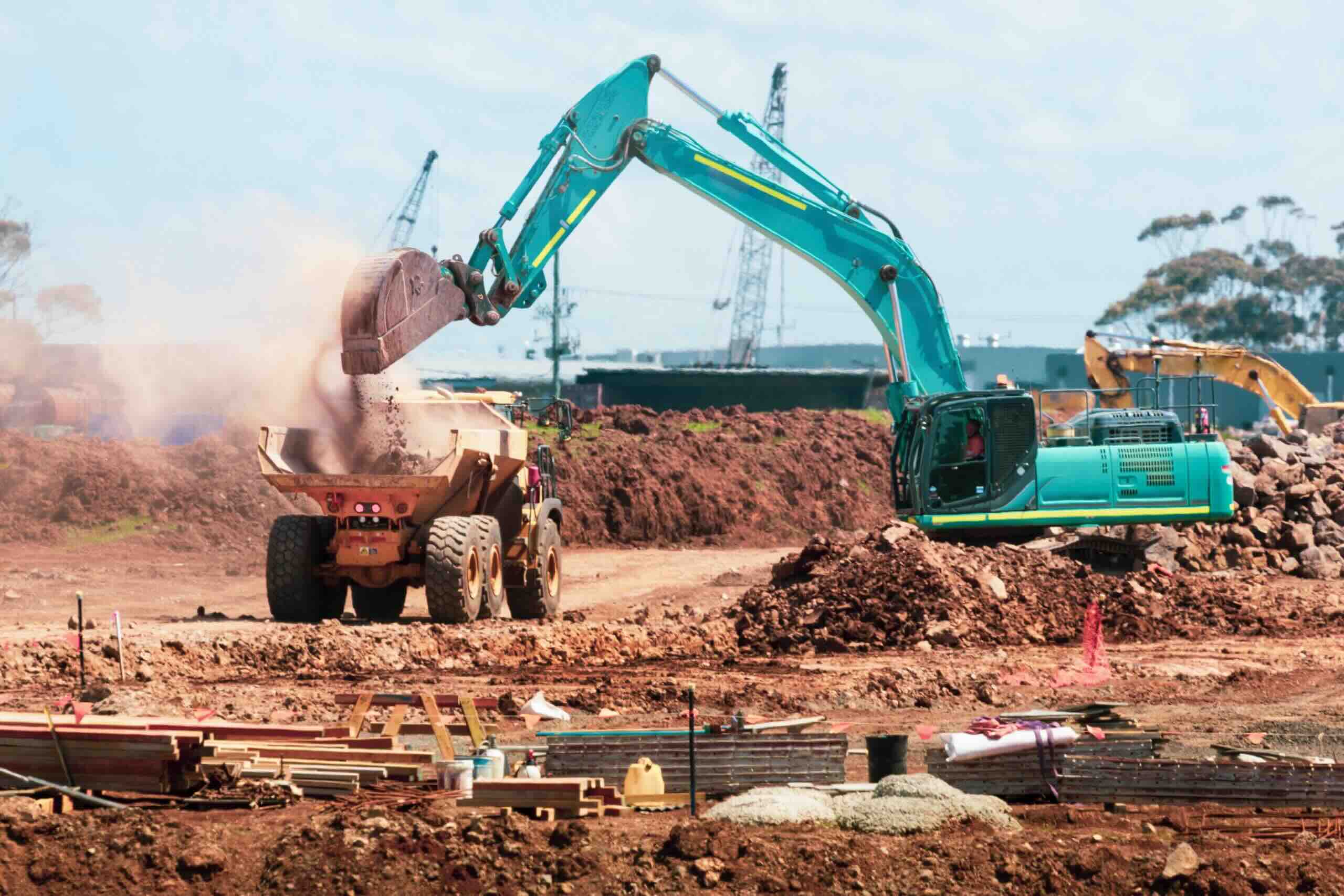

Building & Construction
How Much Waste Does The Construction Industry Produce
Modified: October 20, 2024
Discover the environmental impact of the building construction industry and learn about the staggering amount of waste it produces. Find out how we can work towards a more sustainable future.
(Many of the links in this article redirect to a specific reviewed product. Your purchase of these products through affiliate links helps to generate commission for Storables.com, at no extra cost. Learn more)
Introduction
The construction industry plays a vital role in the development of our cities and infrastructure. However, it is also notorious for producing a significant amount of waste. From demolition debris to packaging materials and excess materials, construction projects generate a massive volume of waste that often ends up in landfills.
Understanding and addressing this issue is crucial for a sustainable and environmentally responsible construction industry. By implementing effective waste management practices, we can minimize the impact of construction waste on the environment and work towards a more sustainable future.
In this article, we will explore the various types of waste produced in the construction industry, the environmental impacts of construction waste, the regulations in place to mitigate these effects, and the strategies that can be employed to minimize waste generation. Moreover, we will also delve into the benefits of waste reduction in construction and highlight some case studies of successful waste management practices.
By shedding light on this important topic, we hope to inspire builders, architects, contractors, and other industry professionals to prioritize waste reduction and sustainable practices in their construction projects.
Key Takeaways:
- Construction waste has significant environmental impacts, including landfill burden, resource depletion, and air/water pollution. Effective waste management and recycling are crucial for a more sustainable construction industry.
- Implementing waste reduction strategies in construction not only benefits the environment but also leads to cost savings, improved efficiency, and enhanced stakeholder satisfaction. Case studies demonstrate the effectiveness of comprehensive waste management plans.
Understanding Waste in the Construction Industry
The construction industry is notorious for generating a significant amount of waste. This waste can come from various sources throughout the construction process, including demolition, excavation, construction, and renovation activities. Understanding the types and sources of waste is crucial in order to effectively manage and reduce its impact.
One of the main reasons for the high volume of waste in construction is the nature of the industry itself. Each construction project typically requires a wide range of materials, equipment, and resources. The excess or unused portions of these materials often end up as waste. Additionally, construction sites generate waste through the disposal of packaging materials, such as cardboard boxes and plastic wrapping.
The types of waste commonly found in the construction industry include:
- Demolition debris: This includes materials such as concrete, bricks, wood, and metal that are generated during site clearing and demolition activities.
- Construction and renovation waste: This encompasses materials like concrete, asphalt, drywall, tiles, and insulation that are discarded during construction and renovation projects.
- Excavation waste: Soil, rocks, and other materials excavated during site preparation and foundation work contribute to the overall waste generated.
- Packaging waste: Construction materials often come packaged in cardboard boxes, plastic wraps, and other packaging materials that are disposed of after the materials are unpacked.
- Hazardous waste: Certain construction activities involve the use of hazardous materials, such as paint, solvents, and asbestos. Proper handling and disposal of these materials are essential to prevent environmental contamination.
It is important to note that not all waste in the construction industry is unavoidable. In fact, a significant portion of the waste generated can be prevented through careful planning, efficient use of materials, and proper waste management practices.
By understanding the sources and types of waste in the construction industry, we can take proactive measures to minimize waste generation and promote a more sustainable approach to construction.
Types of Waste Produced in Construction
The construction industry is a major contributor to waste generation, with a wide range of materials and resources being used throughout the construction process. Understanding the different types of waste produced is crucial for implementing effective waste management strategies. Here are some of the most common types of waste found in construction:
- Demolition Waste: This type of waste is generated during the demolition and deconstruction phase of a project. It includes materials such as concrete, bricks, wood, metal, and asphalt. These materials are often bulky and heavy, and their disposal can pose significant challenges.
- Construction and Renovation Waste: This category encompasses materials that are discarded during construction or renovation activities. It includes items such as concrete, asphalt, drywall, tiles, insulation, and plumbing fixtures. These materials can accumulate quickly on construction sites and require proper management to avoid excessive waste generation.
- Excavation Waste: Excavation activities, such as site preparation and foundation work, can generate large amounts of soil, rocks, and other materials. While some excavated materials may be reused on-site, excess materials often need to be properly managed and disposed of.
- Packaging Waste: The construction industry relies heavily on materials that come packaged in cardboard boxes, plastic wraps, and other packaging materials. Once the materials are unpacked, the packaging waste needs to be properly sorted and disposed of to prevent unnecessary landfilling.
- Hazardous Waste: Certain construction activities involve the use of hazardous materials, including paint, solvents, adhesives, and asbestos. Proper handling, storage, and disposal of these materials are essential to protect both the environment and human health.
- Organic Waste: Construction sites often generate organic waste, such as leftover food, vegetation, and landscaping trimmings. Proper management of organic waste can include composting or partnering with local waste management facilities.
- Energy Waste: Construction sites consume a significant amount of energy through equipment operation and lighting. Implementing energy-efficient practices and technologies can help reduce energy waste and minimize environmental impact.
It is important for construction professionals to be aware of these various types of waste and develop strategies to minimize their generation. By implementing waste reduction and recycling practices, the construction industry can significantly reduce its environmental footprint and contribute to a more sustainable future.
Environmental Impacts of Construction Waste
The construction industry’s production of waste has significant environmental implications. Improper management and disposal of construction waste can result in numerous negative impacts on the environment. Understanding these impacts is crucial for developing effective waste management strategies. Here are some of the main environmental consequences of construction waste:
1. Landfill Burden:
Construction waste typically ends up in landfills, which can quickly become overwhelmed and contribute to soil and groundwater contamination. The accumulation of construction debris in landfills takes up valuable space and can hinder the site’s future potential for other uses.
2. Resource Depletion:
Construction waste represents a loss of valuable resources. When materials are disposed of rather than recycled, it increases the demand for new materials, leading to resource depletion. This includes the extraction of raw materials and the energy required for their production, exacerbating environmental impacts like deforestation and carbon emissions.
3. Energy Consumption:
The production, transportation, and disposal of construction waste contribute to energy consumption and greenhouse gas emissions. This includes the energy required to manufacture new materials, transport waste to landfills, and operate waste management facilities. Increased energy consumption contributes to climate change and further degrades the environment.
4. Air and Water Pollution:
Improper handling and disposal of construction waste can lead to air and water pollution. When waste materials decompose or burn in landfills, they release harmful gases and pollutants into the air. Additionally, when construction waste is not properly managed, rainwater runoff can carry contaminants into nearby water bodies, leading to water pollution.
5. Habitat Destruction:
Construction activities can result in the destruction of natural habitats and ecosystems. Clearing land for new construction projects can lead to the loss of biodiversity and disrupt the natural balance of ecosystems. This habitat destruction can have long-term environmental consequences, impacting local wildlife and plant species.
These environmental impacts highlight the urgent need for effective waste management in the construction industry. By implementing proper waste reduction, recycling, and disposal practices, we can mitigate these negative effects and work towards a more sustainable approach to construction.
Read more: How Much Water Does A Leaking Faucet Waste
Regulations and Sustainability Efforts
In response to the environmental concerns associated with construction waste, governments and industry bodies have implemented regulations and initiatives to promote sustainability in the construction industry. These measures aim to reduce waste generation, encourage recycling, and minimize the environmental impact of construction projects. Here are some key regulations and sustainability efforts in place:
1. Building Codes and Standards:
Many countries have established building codes and standards that include guidelines for waste management and environmentally friendly construction practices. These codes often mandate the use of sustainable materials, energy-efficient designs, and waste reduction strategies, ensuring that construction projects comply with environmentally responsible practices.
2. Waste Management Plans:
Regulations often require construction companies to develop waste management plans for their projects. These plans outline strategies for waste reduction, recycling, and proper disposal. They help ensure that waste is managed effectively and that construction sites prioritize environmentally friendly practices throughout the project lifecycle.
3. Sustainable Construction Certifications:
Various sustainable construction certifications, such as LEED (Leadership in Energy and Environmental Design) and BREEAM (Building Research Establishment Environmental Assessment Method), provide guidelines and standards for environmentally friendly construction practices. These certifications incentivize and recognize builders who integrate sustainable strategies into their projects, including waste management and recycling.
4. Extended Producer Responsibility (EPR):
EPR programs place the responsibility of managing and reducing waste on the manufacturers of construction materials. These programs require manufacturers to take back and recycle their products at the end of their lifecycle. By holding manufacturers accountable, EPR programs encourage the development of more sustainable construction materials and facilitate waste reduction.
5. Circular Economy Initiatives:
The concept of the circular economy is gaining traction in the construction industry. It emphasizes reducing waste by designing buildings and infrastructure with a focus on reuse, recycling, and resource efficiency. Circular economy initiatives promote the use of recycled materials, modular construction methods, and deconstruction instead of demolition, all of which contribute to waste reduction and a more sustainable construction industry.
These regulations and sustainability efforts demonstrate a growing recognition of the importance of waste management in the construction industry. By complying with regulations and embracing sustainable practices, construction professionals can contribute to a more sustainable future and reduce the environmental impact associated with construction waste.
Strategies to Minimize Construction Waste
Minimizing construction waste is a key objective for the industry in order to reduce its environmental impact and achieve sustainability. Implementing effective strategies can help construction professionals reduce waste generation, promote recycling, and ensure responsible waste management. Here are some strategies to minimize construction waste:
1. Pre-Construction Planning:
Thorough pre-construction planning is crucial for waste minimization. By carefully estimating project needs and accurately ordering materials, excess waste can be minimized. It is essential to work with suppliers to determine the necessary quantities and avoid over-ordering, especially for materials with limited shelf life.
Read more: How To Recycle Waste From Construction
2. Salvage and Reuse:
Prioritize salvage and reuse whenever possible. Salvaging materials from demolished structures or renovation projects can reduce the need for new materials. By identifying reusable items, such as doors, windows, and fixtures, these can be repurposed or donated, reducing waste and saving resources.
3. Implement Recycling Programs:
Establishing recycling programs on construction sites is crucial for diverting waste from landfills. Set up separate bins for different types of waste, such as metal, concrete, wood, and plastics. Work with local recycling facilities to ensure proper sorting and recycling of materials.
4. On-Site Waste Separation:
Encourage on-site waste separation to ensure proper disposal and recycling. Provide clearly labeled bins and educate workers about the importance of separating different types of waste. Regularly monitor and reinforce these practices to ensure compliance.
5. Lean Construction Practices:
Adopt lean construction practices to eliminate waste throughout the project lifecycle. This includes optimizing material usage, reducing excess inventory, and coordinating deliveries to minimize transportation-related waste. Emphasize just-in-time delivery to reduce the need for on-site storage, thus minimizing the risk of materials becoming damaged and unused.
Read more: What Type Of Industry Is Construction
6. Modular and Prefabricated Construction:
Consider using modular and prefabricated construction methods that reduce waste through precision manufacturing. These methods involve assembling components off-site and delivering them to the construction site, minimizing material waste and improving efficiency.
7. Training and Awareness:
Educate workers and subcontractors about waste management best practices. Provide training on proper waste handling and disposal methods. By raising awareness and fostering a culture of waste reduction, everyone involved in the project can contribute to minimizing construction waste.
By implementing these strategies, construction professionals can minimize waste generation, conserve resources, and contribute to a more sustainable construction industry. Taking proactive measures to reduce waste not only benefits the environment but also reduces costs and enhances the overall efficiency of construction projects.
Benefits of Waste Reduction in Construction
Reducing waste in the construction industry brings numerous benefits, ranging from environmental preservation to cost savings and improved project efficiency. Embracing waste reduction practices is not only a responsible choice but also a strategic one for construction professionals. Here are some key benefits of waste reduction in construction:
1. Environmental Conservation:
Minimizing construction waste significantly reduces the strain on natural resources and helps protect the environment. By reducing the amount of waste sent to landfills, the carbon footprint of construction projects is reduced, leading to lower greenhouse gas emissions and decreased soil and groundwater contamination risks.
Read more: What Is The Future Of Construction Industry
2. Cost Savings:
Waste reduction initiatives can lead to significant cost savings on construction projects. By accurately estimating material needs and avoiding over-ordering, unnecessary expenses are eliminated. Additionally, recycling and reusing materials can lower procurement costs by reducing the need for new materials. Waste reduction strategies also enhance project efficiency by minimizing the time and effort spent on waste disposal.
3. Improved Project Efficiency:
Embracing waste reduction practices promotes greater project efficiency and productivity. By streamlining processes and implementing lean construction principles, projects can be completed more quickly and smoothly. Proper waste management keeps construction sites organized and clutter-free, reducing the risk of accidents and delays.
4. Enhanced Reputation and Stakeholder Satisfaction:
Adopting waste reduction practices showcases a commitment to sustainable construction and responsible environmental stewardship. This can enhance a company’s reputation and attract environmentally conscious clients and stakeholders who prioritize sustainability. By aligning with the values of stakeholders, construction professionals can build stronger relationships and gain a competitive edge in the industry.
5. Regulatory Compliance:
Many regions have regulations in place that require construction projects to adhere to waste management guidelines. By actively implementing waste reduction and recycling practices, construction professionals can ensure compliance with these regulations, avoiding potential penalties or legal issues.
6. Long-Term Sustainability:
Promoting waste reduction practices in the construction industry contributes to the long-term sustainability of the built environment. By adopting circular economy principles, including the use of recycled materials and minimizing waste generation, we can create a more sustainable construction sector that meets the needs of the present without compromising the ability of future generations.
These benefits highlight the importance of waste reduction in construction. By valuing sustainability and implementing effective waste management practices, construction professionals can make a positive impact on the environment, improve project outcomes, and contribute to a more sustainable future.
Case Studies of Waste Management in Construction
Several construction companies and organizations have made remarkable progress in waste management, implementing innovative strategies to minimize waste generation and promote sustainability. These case studies demonstrate the effectiveness of waste management initiatives in the construction industry:
1. The Edge, Amsterdam:
The Edge, located in Amsterdam, is one of the world’s most sustainable office buildings. The construction project prioritized waste reduction and sustainable practices, resulting in an impressive 99% recycling rate for construction waste. By implementing a comprehensive waste management plan, which included waste separation, reuse, and recycling, the project significantly minimized waste sent to landfills. This case study showcases how careful planning, collaboration with waste management partners, and a commitment to sustainability can achieve outstanding waste reduction results.
2. The Tower at PNC Plaza, Pittsburgh:
The Tower at PNC Plaza in Pittsburgh is a shining example of sustainable construction. The project achieved a remarkable 98% waste diversion rate during construction. This was accomplished through a combination of waste reduction strategies, on-site waste separation, recycling, and collaboration with local recycling facilities. The construction team implemented waste management training for workers, ensuring that waste streams were properly separated and materials were recycled or reused whenever possible. The success of this project highlights the importance of a dedicated waste management plan and the engagement of all stakeholders in waste reduction efforts.
Read more: What Is Tender In Construction Industry
3. Olympic Park, London:
The construction of Olympic Park for the 2012 London Olympics showcased an exemplary approach to waste management. The project aimed to recycle 90% of construction waste, and it succeeded in diverting over 98% of waste away from landfill. The construction team focused on waste segregation and implementing recycling processes on-site. They also collaborated with waste management companies to recycle materials such as concrete, steel, and wood. This case study demonstrates the importance of setting ambitious waste reduction targets and proactively partnering with stakeholders to achieve them.
4. Toyota Motor Manufacturing, Kentucky:
To reduce waste and improve overall efficiency, Toyota implemented a system known as “Just-in-Time” manufacturing in their plant in Kentucky. This system focuses on minimizing waste and inventory by delivering materials exactly when they are needed for production. As a result, waste from excess materials and obsolete inventory was drastically reduced. This case study highlights the potential of lean construction principles in waste reduction and streamlining operations.
These case studies demonstrate that waste management in construction is not only possible but also highly beneficial. By implementing comprehensive waste reduction plans, engaging all stakeholders, and leveraging innovative approaches, construction projects can significantly minimize waste generation and achieve extraordinary results in sustainability.
Conclusion
The construction industry has a significant impact on the environment due to the large amount of waste it generates. However, by adopting effective waste management strategies, construction professionals can minimize this impact and promote sustainability in the industry. Understanding the types of waste produced in construction, the environmental consequences, and the regulations in place is crucial for implementing successful waste reduction programs.
Construction companies can take proactive steps to minimize waste generation by focusing on pre-construction planning, salvaging and reusing materials, implementing recycling programs, and adopting lean construction practices. These strategies not only reduce the environmental footprint of construction projects but also lead to cost savings, improved project efficiency, and enhanced stakeholder satisfaction. Waste reduction initiatives contribute to a cleaner environment, healthier communities, and a more sustainable future.
Case studies of successful waste management in construction demonstrate the effectiveness of comprehensive waste reduction plans, on-site waste segregation, and collaboration with recycling facilities. The achievements of these projects highlight the potential for significant waste diversion from landfills and underscore the importance of setting ambitious sustainability goals.
By embracing waste reduction practices, construction professionals can contribute to a more sustainable construction industry. The benefits of waste reduction, including environmental conservation, cost savings, improved project efficiency, and enhanced reputation, make it a strategic choice for construction companies and organizations.
As the demand for sustainable construction practices continues to grow, it is imperative for the industry to prioritize waste reduction and embrace innovative approaches to waste management. By working towards minimizing construction waste, we can build a future where construction projects have minimal environmental impact, conserve resources, and contribute to a more sustainable world.
Frequently Asked Questions about How Much Waste Does The Construction Industry Produce
Was this page helpful?
At Storables.com, we guarantee accurate and reliable information. Our content, validated by Expert Board Contributors, is crafted following stringent Editorial Policies. We're committed to providing you with well-researched, expert-backed insights for all your informational needs.

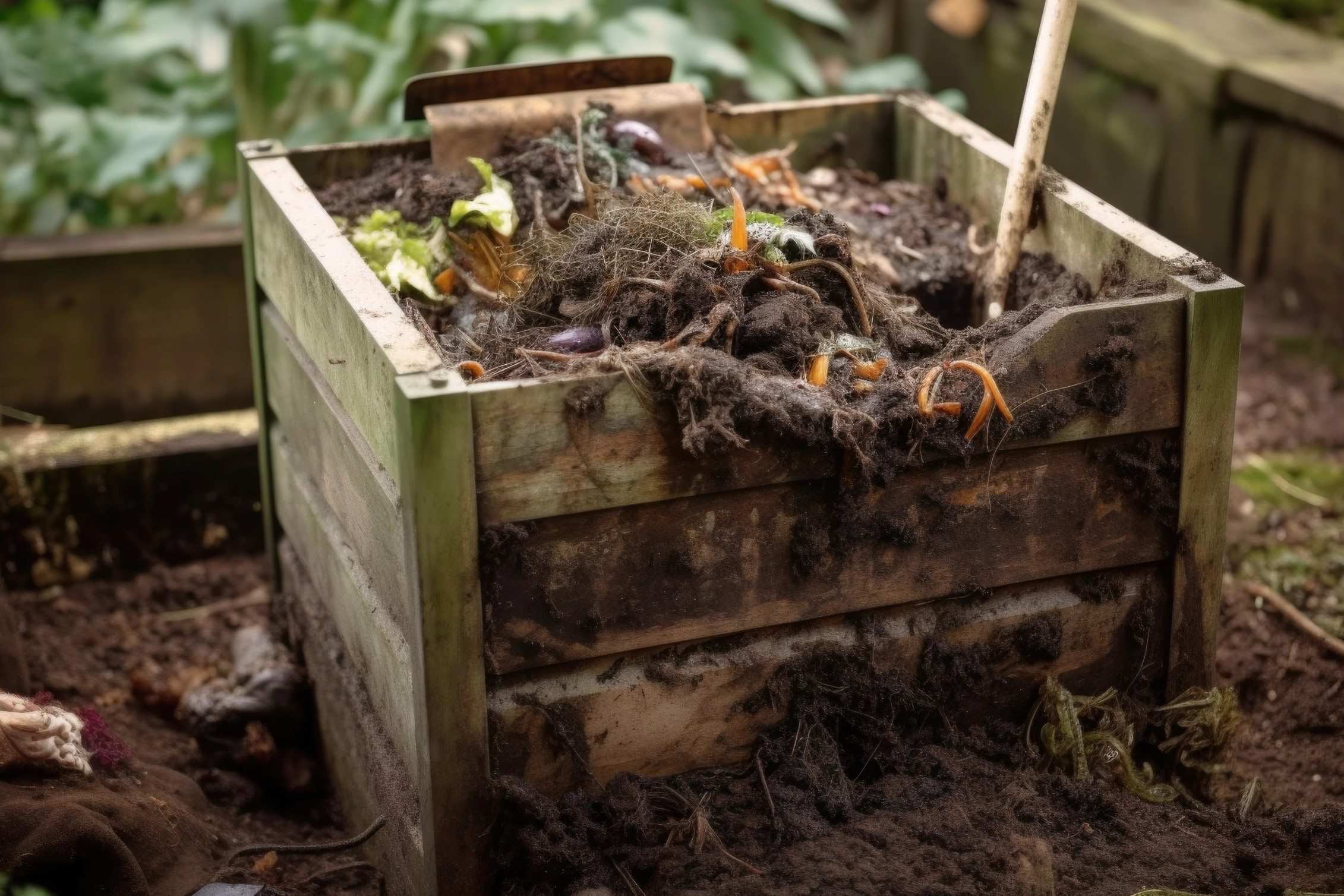
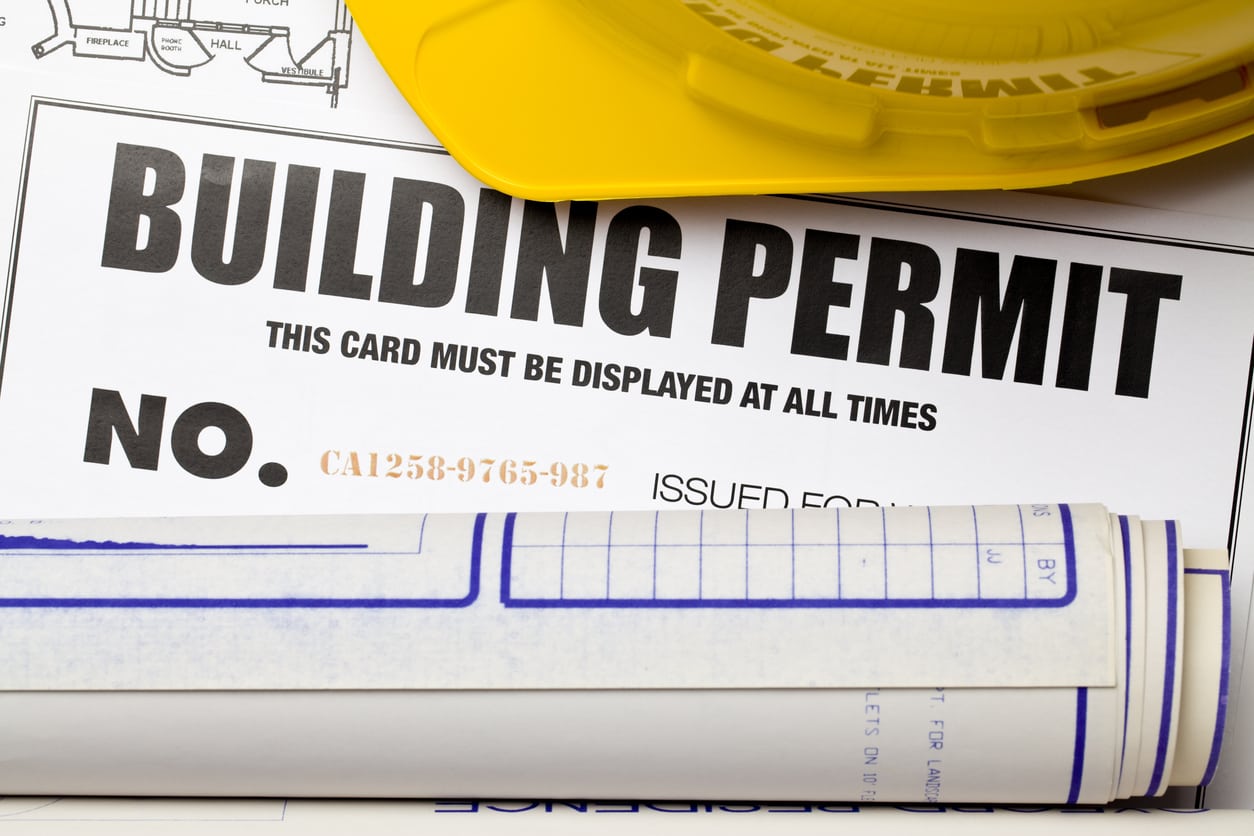
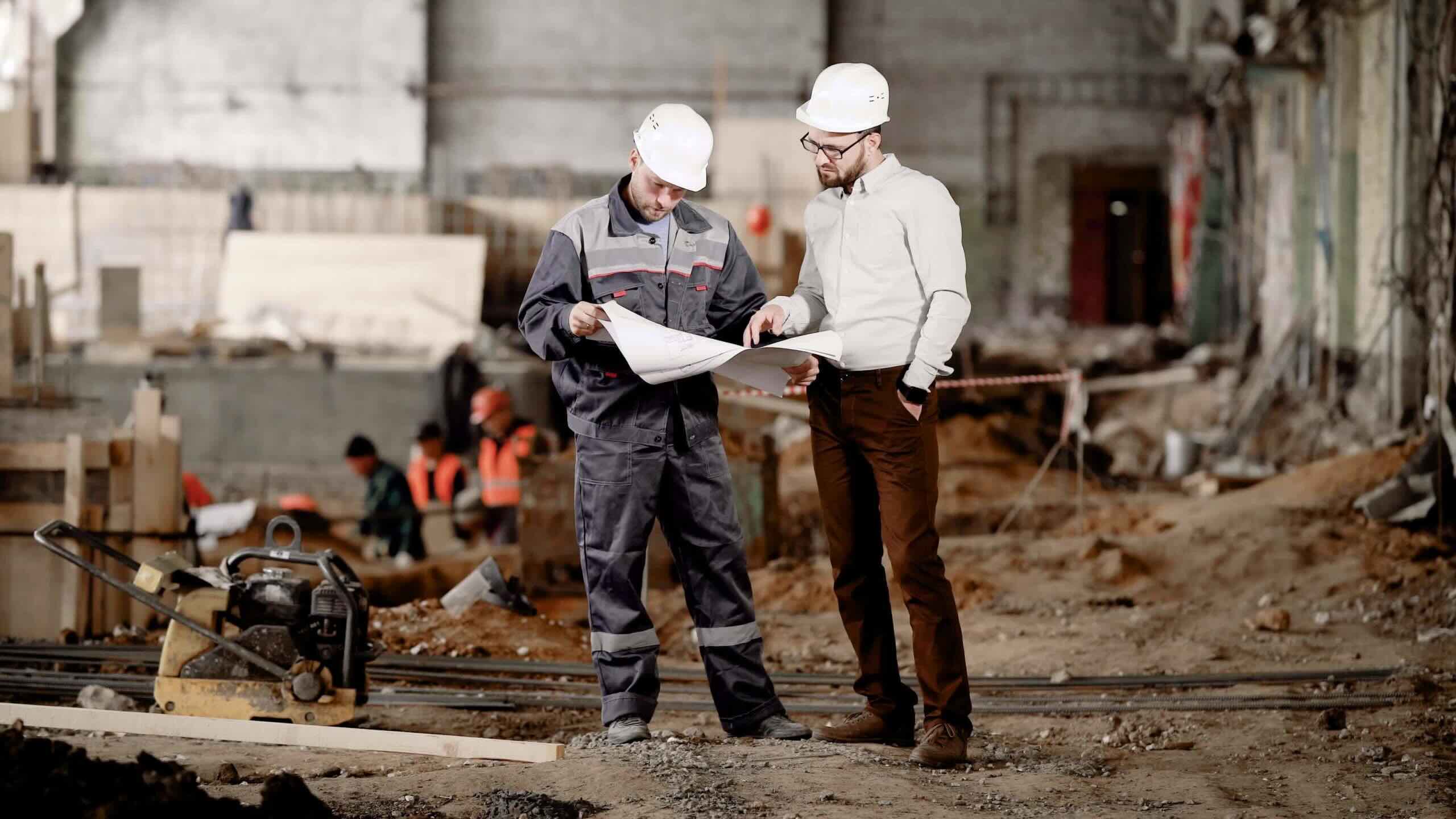
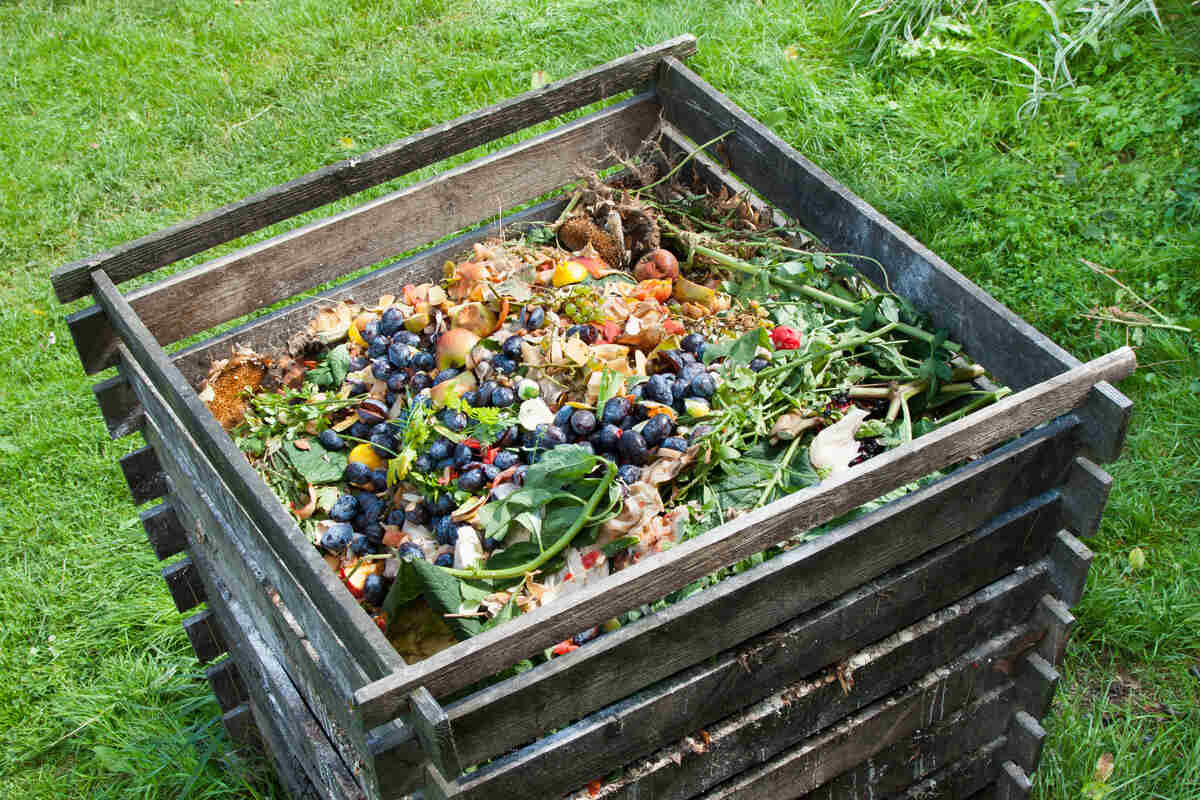



0 thoughts on “How Much Waste Does The Construction Industry Produce”